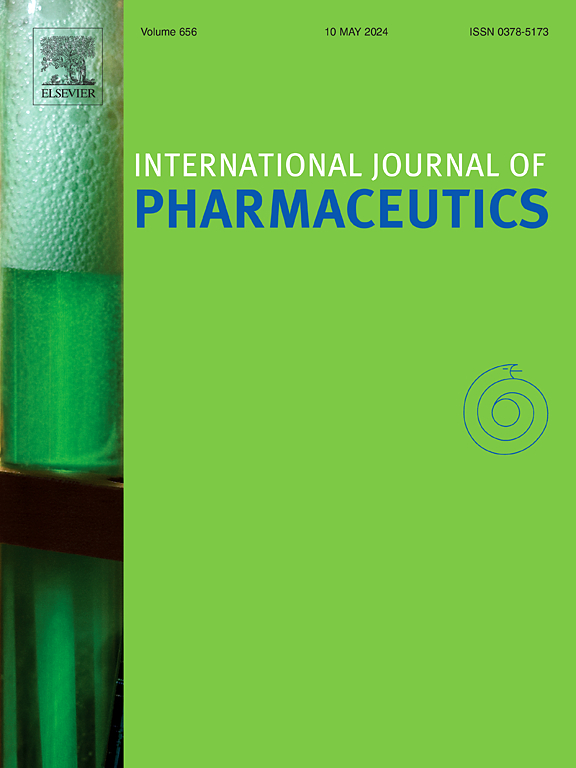A ROS-responsive TPP-modified tanshinone IIA micelle improves DOX-induced heart failure
IF 5.3
2区 医学
Q1 PHARMACOLOGY & PHARMACY
引用次数: 0
Abstract
Objective
Heart failure (HF) is a prevalent, refractory, and costly medical condition. As most current strategies have failed to yield beneficial clinical outcomes, microenvironment-responsive micelles have been developed to target cardiomyocyte mitochondria to improve HF.
Methods
In this paper, we constructed reactive oxygen species (ROS)-responsive triphenylphosphine (TPP)-modified tanshinone IIA (TIIA) micelles (TK-TPP-TIIA@Ms). TIIA was encapsulated within the micelles and utilized TPP-conjugated DSPE-PEG2000 as the targeting molecule and ROS-responsive bond TK as the linker arm connecting DSPE-PEG5000. The formation of a hydrated membrane on the micelle surface prolonged micelle circulation while preventing active targeting molecules from binding to the mitochondria of normal cardiomyocytes throughout the body, which reduced drug accumulation in healthy tissues. In the HF microenvironment, TK was cleaved by overexpressed ROS, which led to the shedding of the PEG5000 hydration layer and the subsequent exposure of the target ligand TPP. This process facilitated TPP uptake by activated cardiomyocyte mitochondria and exerted anti-HF effects. Furthermore, in vivo and in vitro experiments were conducted to verify its effect on improving doxorubicin (DOX)-induced HF, which focused on oxidative stress, apoptosis, and inflammation.
Results
TK-TPP-TIIA@Ms was successfully prepared and exhibited normal appearance and morphology, appropriate particle size, and zeta potential; and demonstrated good encapsulation efficiency, drug loading, and biological safety. In vitro studies showed that TK-TPP-TIIA@Ms had strong uptake ability in H9c2 cells, which led to reduced DOX-induced ROS expression, decreased secretion of inflammatory factors, inhibition of cell apoptosis, and restoration of normal mitochondrial membrane potential. In vivo, TK-TPP-TIIA@Ms effectively ameliorated DOX-induced myocardial tissue damage, reduced cell apoptosis, decreased the expression of inflammatory factors, and improved oxidative stress, which inhibited DOX-induced HF in mice.
Conclusion
TK-TPP-TIIA@Ms is an effective and safe strategy for the targeted therapy of heart diseases and is expected to become a potential treatment for heart failure.
求助全文
约1分钟内获得全文
求助全文
来源期刊
CiteScore
10.70
自引率
8.60%
发文量
951
审稿时长
72 days
期刊介绍:
The International Journal of Pharmaceutics is the third most cited journal in the "Pharmacy & Pharmacology" category out of 366 journals, being the true home for pharmaceutical scientists concerned with the physical, chemical and biological properties of devices and delivery systems for drugs, vaccines and biologicals, including their design, manufacture and evaluation. This includes evaluation of the properties of drugs, excipients such as surfactants and polymers and novel materials. The journal has special sections on pharmaceutical nanotechnology and personalized medicines, and publishes research papers, reviews, commentaries and letters to the editor as well as special issues.

 求助内容:
求助内容: 应助结果提醒方式:
应助结果提醒方式:


